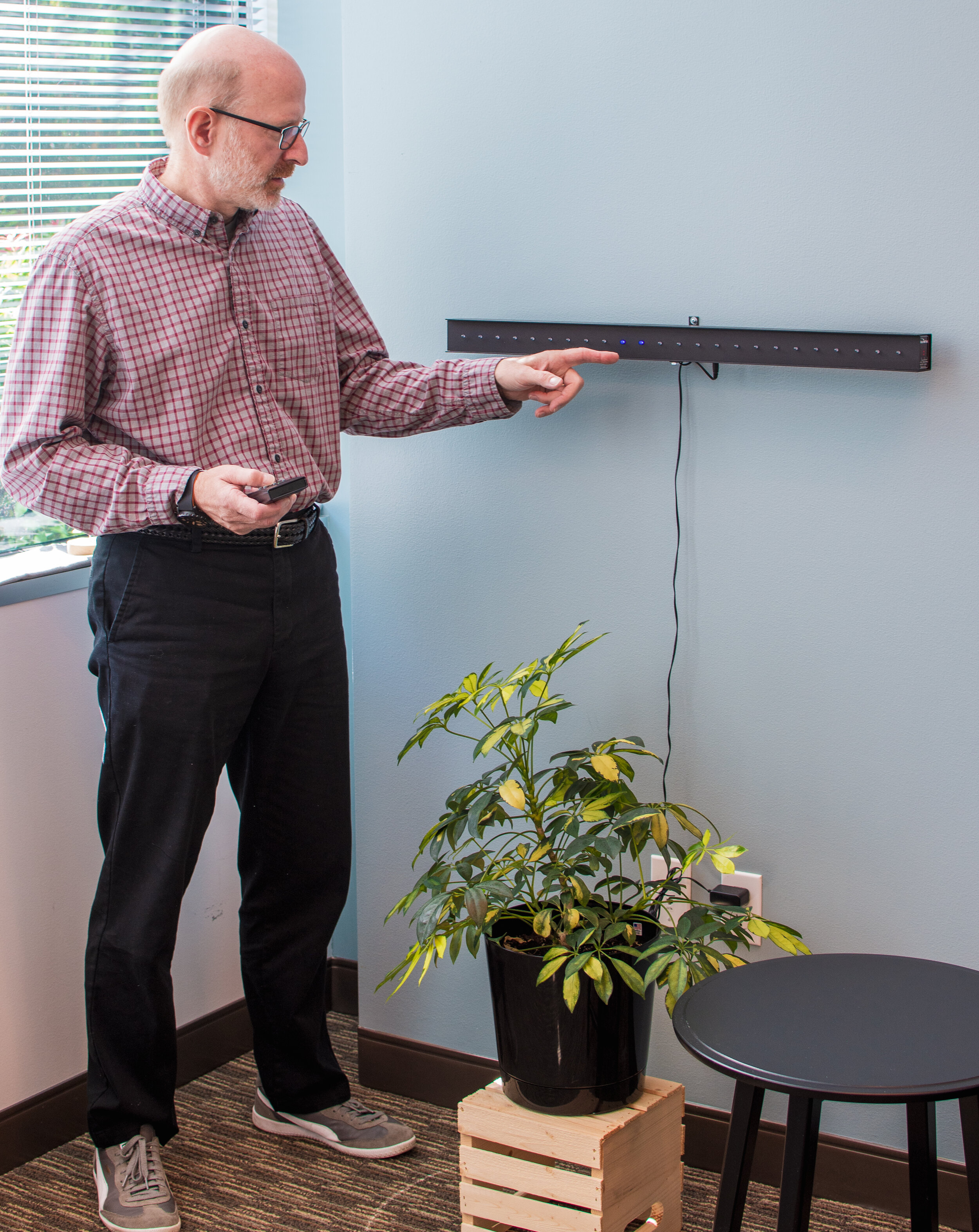EMDR Therapy
I am a trained Eye Movement Desensitization and Reprocessing (EMDR) Therapist and a member of the EMDR International Association. I have been using EMDR Therapy for over 15 years to help adults and adolescents. EMDR is a psychotherapy approach designed for working with distressing or traumatic memories and is currently being used to treat a wide variety of behavioural health issues.
The theory behind EMDR is that many psychological difficulties are the result of distressing life experiences which have not been stored in memory properly. These traumatic memories may need some help to become processed, and EMDR is one way to do this.
Clients who have used EMDR Therapy consistently are surprised at how quickly the presenting symptoms are addressed. There is no need for you to talk about the disturbing and traumatic memories, for sessions on end, when you can gain lasting resolution in a much shorter period of time.
What is EMDR Therapy?
Eye Movement Desensitization and Reprocessing (EMDR) Therapy is a psychotherapy modality designed for working with distressing and traumatic memories. The theory behind EMDR is that many psychological difficulties are the result of distressing life experiences which have not been stored in memory properly and are said to be unprocessed or blocked. The traumatic memories may need some help to become processed and EMDR Therapy is one way to do this.
What is special about trauma memories?
Normal memories are stored by a part of the brain called the hippocampus. You can think of the hippocampus as a sort of librarian which catalogues (processes) events and stores them in the right place. However, some traumatic events (such as accidents, abuse, disasters, or violence) are so overwhelming that the hippocampus doesn’t do its job properly. When this occurs, memories are stored in their raw, unprocessed form. These traumas are easily triggered, leading them to replay and repeatedly cause distress.
What happens during EMDR Therapy?
EMDR Therapy consists of three stages.
Stage 1: Case conceptualization. In this stage we get an understanding of the presenting issue, that is, the memory or memories which are causing distress. We then develop some tools for you to have at your disposal during the next stage of ENDR Therapy. These tools include ones we will develop together, such a Secure Place and a Container. We will also revisit some tools you have sued in the past such as controlled breathing techniques, meditation, and exercise. Once your tools are in place, we then develop a Target Sequence Plan. This is the list of distressing and traumatic memories as well as the negative beliefs that you have about yourself when you think of those memories. In this stage we will also identify a more positive belief you would like to have about yourself. After we have competed the work in Stage 1, we move on to Stage 2.
Stage 2: Processing. In this stage we directly engage the distressing memories. We have you think of a picture of the worst part of the memory, notice the negative belief and the negative emotions which accompany the distressing memory and use bilateral stimulation to lower the level of the disturbance causes by the memory. We call this process desensitization. One the desensitization is completed we have you again picture the worst part of the distressing memory and think of the positive belief. We then use bilateral stimulation to connect the positive belief to the memory. This process is called installation. After the installation is completed, we then have you think of the picture the worst part of the distressing memory and the positive belief. We then have you scan your body for any discomfort. If discomfort is present, we do further bilateral stimulation on the positive belief. We continue in this manner until you experience no further physical discomfort.
Stage 3: Stage three we re-evaluate the target memory to ensure it is not causing anymore distress. We then look to the future and identify any situations in which the memory might be triggered. If any are identified we have you visualize the experiences, think of the positive belief, and envision the experience going well. We then use bilateral stimulation to process the experience.
What is EMDR Therapy used to treat?
EMDR Theory was originally developed and used to treat memories of traumatic and distressing experiences. Over the years much research has been conducted on the use of EMDR Therapy to address other issues. In addition to traumatic and distressing experiences, EMDR Therapy is currently being used to address anxiety, depression, obsessive-compulsive disorder, grief and loss, specific phobias, substance use disorders, and pain management. In my practice I use EMDR Therapy to address traumatic and distressing experiences, anxiety, OCD, specific phobias, and depression.
What is bilateral stimulation?
Bilateral stimulation is a core element of EMDR Therapy. It can be accomplished using side to side eye movements, alternating sound for one ear to the other, or by alternately tapping the body on one side and then the other. The procedure was developed in 1987 by the founder of EMDR Therapy, Francine Shapiro. Much research has been done on bilateral stimulation and there is still much to learn about this process. What we do know is it help the client relax during EMDR Therapy. It also helps thoughts to become easier to process. Additionally, bilateral stimulation helps to distance the target memory such that it is less distressful.
How long does treatment take?
EMDR Therapy sessions are generally weekly for 60-minutes. I also provide weekly 90-minutes sessions in which we will cover more therapeutic ground than in a traditional 60-minute session. In addition to 60-minute and 90-minute session, I provide intensive sessions which can run from 2 to 4 hours. In these intensive sessions we will process several distressing memories in one session. Most of my clients prefer the weekly 60-minute sessions. If you are interested in 90-minute or intensive session, contact me so that we can talk further.
(Courtesy of EMDR International Association: https://www.emdria.org.)



